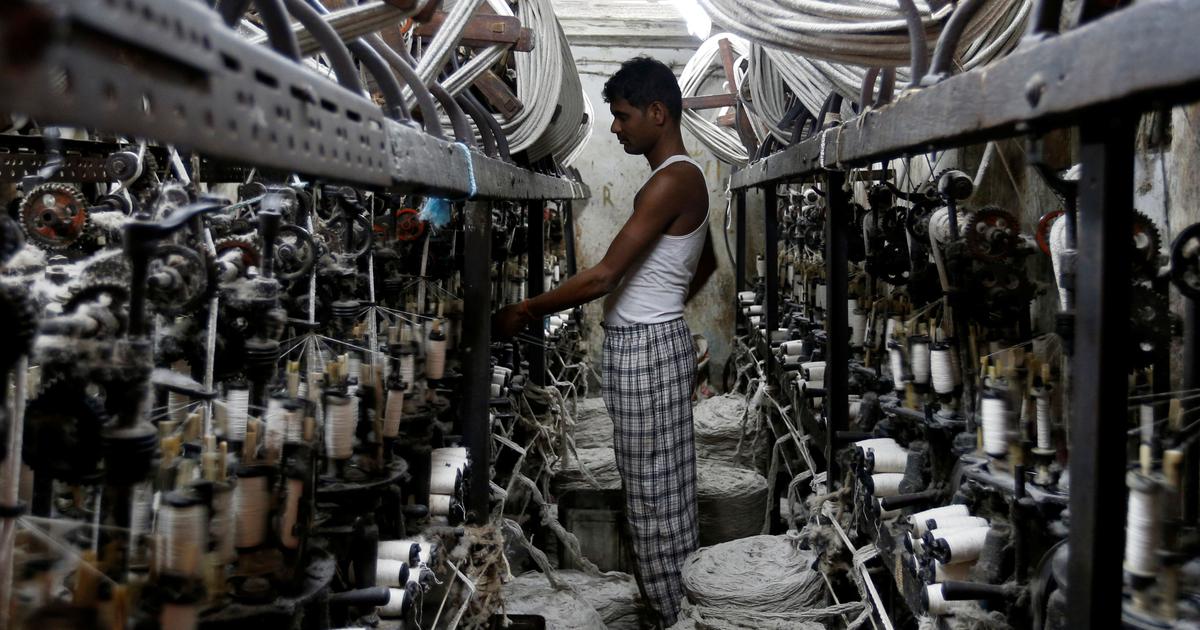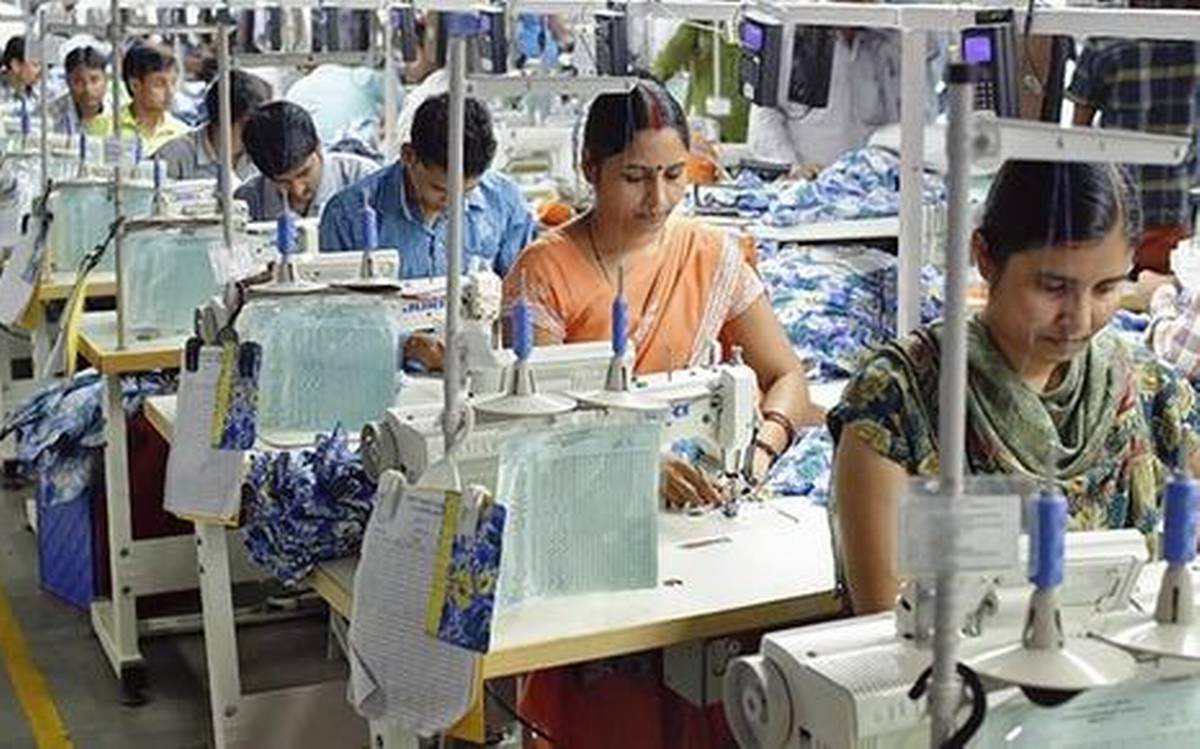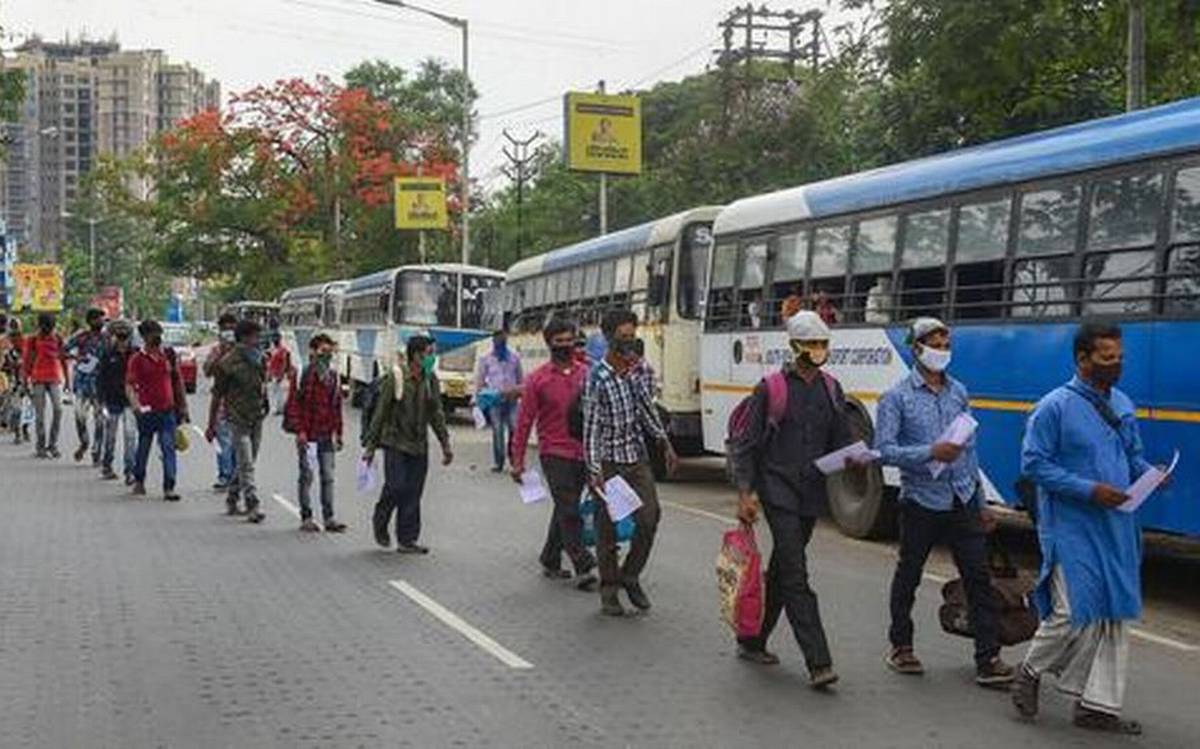Commercial airliners monitoring CO2 emissions from cities worldwide
Statistical characterization of atmospheric CO2 variations from measurements onboard Japan Airlines' commercial aircraft
NATIONAL INSTITUTE FOR ENVIRONMENTAL STUDIES

IMAGE: (LEFT) AIRCRAFT OF JAPAN AIRLINES WITH A SPECIAL PROJECT LOGO (CONTRAIL) TAKING OFF AT TOKYO INTERNATIONAL AIRPORT AND (RIGHT) CONTINUOUS CO2 MEASURING EQUIPMENT ONBOARD THE AIRCRAFT view more
CREDIT: CONTRAIL TEAM (PHOTO: JAPAN AIRLINES)
Cities are responsible for more than 70% of the global total greenhouse gas (GHG) emissions. Ability to monitor GHG emissions from cities is an important capability to develop in order to support climate mitigation activities in response to the Paris Agreement. The science community has examined the data collected from different platforms, such as ground-based, aircraft and satellites, to establish a science-based monitoring capability. A study by an international team, published in Scientific Reports, examined the data collected by commercial airliners and showed the potential of the aircraft data to contribute to the global GHG emission monitoring.
The CONTRAIL (Comprehensive Observation Network for TRace gases by AIrLiners) program is Japan's unique aircraft observation project. Since 2005, the CONTRAIL team has achieved high-precision atmospheric CO2 measurements using instruments onboard Japan Airlines' (JAL) commercial airliners. "Following the aircraft measurements conducted between Tokyo and Australia that I initiated in 1993, and had maintained during my entire career, the CONTRAIL program continuously expanded its global network and has provided numerous data to understand the carbon budget of this planet," stated Hidekazu Matsueda, co-author of the study and researcher at the Meteorological Research Institute, Japan.
Recently, the team analyzed thousands of vertical ascending and descending measurements over airports and characterized CO2 variations over 34 major cities worldwide for the first time. Airports are often located in the proximity of large cities to ensure convenient access. The CONTRAIL aircraft fly up and down over Narita International Airport many times nearly on a daily basis (7,692 times in total during 2005-2016) and are able to obtain atmospheric chemical signature of the Greater Tokyo Area (~several tens km away). With similar geographical locations of major airport relative to large urban centers, the research team examined the data collected around global airports in order to retrieve urban CO2 emission signatures from the data. "We analyzed millions of observational data collected at and around the Tokyo Narita Airport and found clear CO2 enhancements when the wind comes from the Greater Tokyo Area," Taku Umezawa, leading author of the study and researcher at the National Insititute for Enviromental Studies, Japan, said. "That was also the case globally for other airports, such as Moscow, Paris, Beijing, Osaka, Shanghai, Mexico City, Sydney, and others."
The team also examined the magnitude of CO2 variability in the lowermost atmosphere over these airports. "Short-term changes in the CO2 concentration in the lower atmosphere are associated with various factors such as the upwind pattern of CO2 emissions and uptakes, flight path and its geographical position relative to the locations of emissions and uptakes, and meteorological conditions during each landing and takeoff," said Kaz Higuchi, co-author of the study and adjunct professor of Environmental Studies, York University, Canada. "Despite these complex conditions under which the measurements are made, it was very interesting that we found a relationship between the magnitude of CO2 variability and CO2 emissions from a nearby city." The results show that the commercial airliner-based CO2 dataset can consistently provide urban emission estimates when combined with atmospheric modeling framework.
"But still there are missing pieces to examine the physical link to city emissions to establish urban monitoring," said Tomohiro Oda, scientist of the Universities Space Research Association, Maryland, USA, who collaborated with the team as a PI of a NASA-funded emission modeling project. "Cities are considered to be responsible for more than 70% of the global manmade greenhouse gas emissions. Accurate estimation of CO2 emissions from urban areas is thus important for effective emission reduction strategies." This study suggests that commercial airliner measurements can collect useful urban CO2 data that are complementary to the data collected from other observational platforms, such as ground stations and satellites, in order to monitor CO2 emissions from cities. The advantage of commercial airliners is the great global spatial coverage of the measurements even in regions where we only have sparse greenhouse gas measurement networks, especially places where securing ground-site measurements is challenging, such as in developing countries. "A further implementation of similar CO2 instruments into other domestic and international flights will significantly extend our global monitoring capability of cities," said Toshinobu Machida, project leader of the CONTRAIL program and head of the Office for Atmospheric and Oceanic Monitoring at the National Institute for Environmental Studies.

Maps of magnitude of CO2 variability over airports worldwide. Large and red circles indicate large variability. Cities are denoted by nearby airport codes. It was found that the CO2 variability was large over airports where a nearby city has large CO2 emissions.
CREDIT
CONTRAIL Team (Photo: Japan Airlines)












